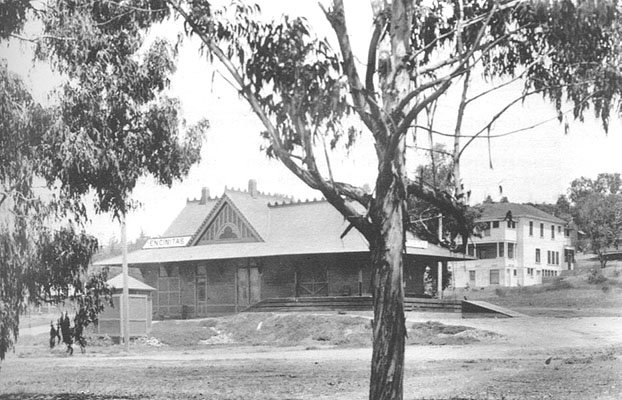From Ranchos to Surf Towns: Unveiling the Rich History of Encinitas, CA
Nestled along the sun-kissed coastline of Southern California, Encinitas stands as a testament to the region's rich history and vibrant evolution. From its indigenous roots to the establishment of Spanish ranchos and its transformation into a renowned surf town, Encinitas has undergone a fascinating journey through time. In this blog post, we will delve into the layers of history that have shaped this coastal gem into the charming community it is today.
The 18th Century:
Long before the arrival of European settlers, the area now known as Encinitas was inhabited by the indigenous people of Southern California, primarily the Kumeyaay. These Native Americans thrived in the region's diverse landscape, utilizing the fertile soil for agriculture and the nearby ocean for fishing.
The arrival of Spanish explorers in the 18th century marked a significant turning point. The Spanish established a series of missions throughout California, and the influence of Spanish colonization reached Encinitas. The landscape shifted from Native American territories to Spanish land grants, and the area became part of the vast Rancho de Los Encinitos.
The 19th Century:
In the mid-19th century, Juan María Rancho Osuna, a Californio ranchero, was granted the land encompassing present-day Encinitas as part of the Mexican land grant system. The ranch, known as Rancho Encinitas or Rancho de Los Encinitos, covered a vast expanse and became a hub for agricultural activities, including cattle ranching, farming, and orchards. The town's name, which means "little oaks" in Spanish, reflects the abundance of oak trees in the area.
The establishment of the ranch laid the foundation for the agricultural identity of Encinitas, and remnants of this era can still be seen in the architecture and landscape of the region.
The late 19th century saw the advent of the railroad, which played a crucial role in shaping the growth and development of Encinitas. The arrival of the California Southern Railroad in 1881 made the area more accessible, opening it up to settlers and tourists. The railroad facilitated the transportation of goods, further boosting the local economy.
In 1881, the town of Encinitas officially began to take shape with the establishment of a post office, with several other key buildings following soon after. One of those buildings that is still standing today, is the Encinitas Schoolhouse built in 1883. Located at the end of F Street, this one room schoolhouse is cared for by the Encinitas Historical Society.
The 20th Century:
The early 20th century saw Encinitas transform into a quaint seaside community. The combination of its picturesque coastal location and the completion of Highway 101 in the 1930s contributed to its popularity as a weekend destination for city dwellers.
The historic downtown area, with its Spanish-inspired architecture and charming storefronts, began to take form. Today, this area still exudes a vintage charm, inviting residents and visitors alike to stroll through its streets and explore its unique shops and eateries.
Surf Culture Takes Hold:
The 1960s and 1970s brought a wave of change to Encinitas as it became a focal point for Southern California's burgeoning surf culture. The coastal town, with its pristine beaches and consistent waves, attracted surfers from near and far. Spots like Swami's Beach gained legendary status, and the town embraced the laid-back lifestyle that is synonymous with the surfing community.
The iconic surf culture is still very much alive in Encinitas. The town hosts various surf events and competitions, and numerous surf shops and schools cater to both seasoned surfers and those eager to catch their first wave.
Encinitas Today:
Encinitas, CA, is more than just a beautiful coastal town; it is a living tapestry woven with the threads of Native American heritage, Spanish colonization, ranching history, and the vibrant surf culture that defines its modern identity. As you stroll through its historic streets, soak in the sun on its pristine beaches, or catch a wave at one of its legendary surf spots, remember that each step you take is a part of a story that spans centuries—a story that continues to unfold in this captivating coastal haven.
Guest Post by Evan Larkin, Encinitas Resident & E101 Board Member





